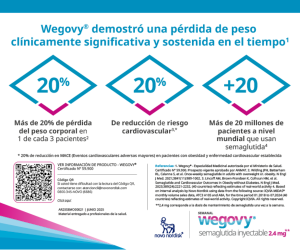Symposium 8: Therapeutic approach: should it be personalized?
DOI:
https://doi.org/10.47196/diab.v56i3Sup.516Keywords:
prediabetes, complicationsAbstract
Within patients defined as having prediabetes either by fasting blood glucose, glucose tolerance test or HbA1c, trajectory analyzes show that changes in metabolic or inflammatory markers begin 10 years before the onset of type 2 DM. Therefore, it is of high clinical relevance to identify subgroups of individuals with different risk of developing diabetes and its complications, which can start before the development of the manifestations of Diabetes (DMType 2).
Prediabetes is associated with increased cardiovascular disease and mortality, emphasizing the importance of attending to cardiovascular risk in this population. Studies in cohorts at high risk of developing type 2 DM were explored pathophysiological heterogeneity before the clinical onset of type 2 DM. Participants in one study were grouped into 6 subphenotypes, based on data from OGTT, MRI (liver fat and fat distribution), lipids, and a Polygenic Risk Score (PRS) for Type2 DM. These clusters were replicated in the Whitehall II cohort and showed that low risk individuals (1,2 and 4) transitioned into the Type2DM groups defined by Ahlqvist et al. in the ANDIS study as Moderate Diabetes associated with Obesity (MOD) and Moderate Age-Related Diabetes (MARD). High risk clusters (6) did so towards Severe Insulin Resistance Diabetes (SIRD). These clusters identify subphenotypes with respect to metabolic, renal, and cardiovascular risk, causes of mortality, and therapeutic implications in prediabetes. (1) (2). This ranges from more accurate screening and monitoring intervals, tailored lifestyle interventions, targeted pharmacological treatment and ideally a delay in the onset of diabetes and its complications, lower morbidity and mortality, and economical use of resources. This should be viewed in line with "precision diabetology" with the aim of deconstructing the heterogeneity of diabetes. (3)
References
I. Hulman A, Witte DR, Vistisen D, Balkau B. Pathophysiological characteristics underlying different glucose response curves: a latent class trajectory analysis from the prospective EGIR-RISC Study. Diabetes Care 2018;41:1740-1748.
II. Wagner R, et al. Pathophysiology-based subphenotyping of individuals at elevated risk for type 2. Diabetes Nature Medicine 2021;27:49-57.
Downloads
Published
Issue
Section
License
Copyright (c) 2022 on behalf of the authors. Reproduction rights: Argentine Diabetes Society

This work is licensed under a Creative Commons Attribution-NonCommercial-NoDerivatives 4.0 International License.
Dirección Nacional de Derecho de Autor, Exp. N° 5.333.129. Instituto Nacional de la Propiedad Industrial, Marca «Revista de la Sociedad Argentina de Diabetes - Asociación Civil» N° de concesión 2.605.405 y N° de disposición 1.404/13.
La Revista de la SAD está licenciada bajo Licencia Creative Commons Atribución – No Comercial – Sin Obra Derivada 4.0 Internacional.
Por otra parte, la Revista SAD permite que los autores mantengan los derechos de autor sin restricciones.




























